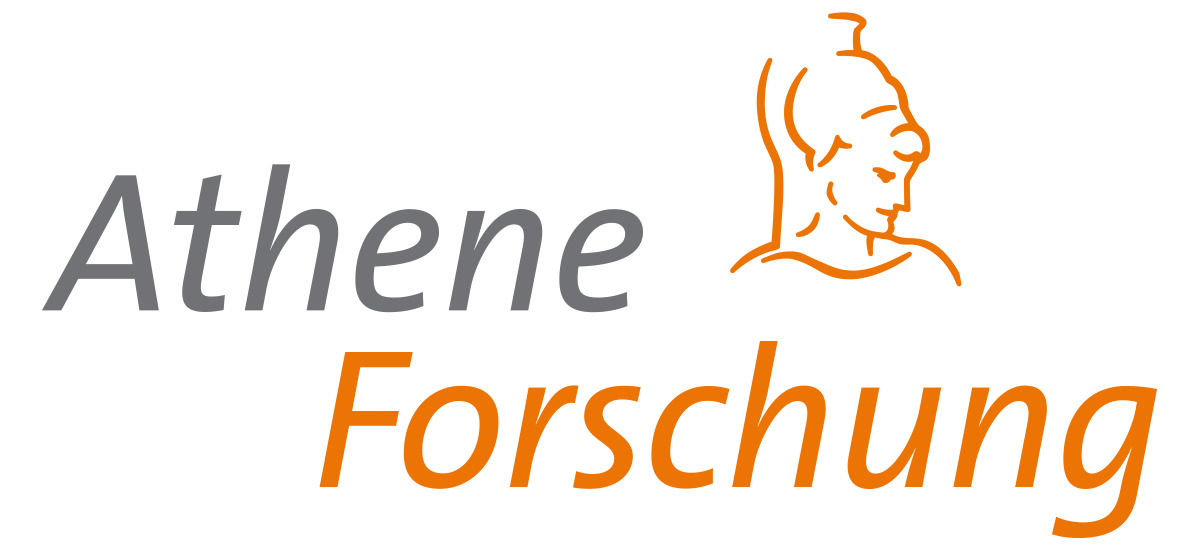In the beginning of the 20th century, Nikola Tesla invented, built and patented the Tesla turbine. Driven by a pressure difference, the kinetic energy of fluids or gases is converted to mechanical shaft power due to wall friction in the gap of one or more co-rotating, parallel disks. While friction turbines do not attract much attention in technical applications up to now, their simple and low-cost design might be an economical alternative to conventional turbomachinery in small power scales at appropriate efficiencies in the near future. These turbines are very well suited for the energy conversion of existing and so far untapped energy resources. Theoretical investigations, numerical simulations and blackbox performance map measurements of Tesla turbines are the current state of the art in this field of research. Up to now, useful experiments for the validation of rotor flows are lacking, due to the small gap widths for competitive turbines. The scope of this thesis is the investigation of the the velocity distribution between the disks of a Tesla rotor. This is done by theoretical, numerical and experimental means. A simplified model for the incompressible, laminar and stationary rotor flow is presented and extensively evaluated here. Under the assumption of a parabolic velocity distribution between the rotating disks, fully analytical solutions of the radial and tangential momentum equations are introduced. A suitable analysis of shaft power, pressure difference and efficiency in a dimensionless form reveals the limitations and opportunities of Tesla turbines. An extended model establishes compressibility effects and their influence on turbine performance. Furthermore, a method for the deduction of the mathematical character of fully-developed, laminar velocity profiles is introduced and compared to a laminar CFD solution. The test rig is designed by means of analytical flow modelling, laminar CFD, FEM, modal and harmonic response analyses of the rotor. The test facility is monitored and feedback-controlled by a software developed using NI LabVIEW real-time on a cRIO and FPGA system. This thesis focuses on highly resolved optical PIV experiments of the radial and the tangential velocity distribution in the small gap between the co-rotating disks of a Tesla rotor at various operating conditions. Applying this measurement method in turbomachinery is unusual and denotes a particular highlight. However, regular calibration methods are not applicable, because of the limited spatial access to the measurement volume. A fully automated non-intrusive calibration technique using reflections on the rotor walls of a traversable constant wave laser is developed to overcome this issue.
Nikola Tesla hat Anfang des 20. Jahrhunderts die radiale Tesla Turbine erfunden, gebaut und patentieren lassen. Dabei wird kinetische Energie von druckbeaufschlagten Flüssigkeiten oder Gasen mittels Wandreibung im Spalt von rotierenden, parallelen Scheiben in mechanische Energie gewandelt. Obwohl Reibungsturbinen bisher in der Technik wenig Beachtung fanden, könnten sie heute jedoch aufgrund ihres einfachen und kostengünstigen Aufbaus bei kleinen Leistungsklassen und akzeptablen Wirkungsgraden eine rein wirtschaftliche Alternative darstellen. Vor allem eignen sich diese Turbine um vorhandene und bisher ungenutzte Energie in elektrischen Strom zu wandeln. Theoretische Untersuchungen, numerische Simulationen und Kennfeldmessungen sind der aktuelle Stand der Untersuchungen an Reibungsturbinen. Sinnvolle Experimente zur Validierung der Rotorströmung fehlen allerdings bisher. Die vorliegende Arbeit zielt daher auf Untersuchungen der Spaltströmung mit Hilfe von theoretischen, numerischen und experimentellen Methoden ab. Ein vereinfachtes Modell für die inkompressible, laminare und stationäre Rotorströmung liefert, unter der Annahme eines parabolischen Geschwindigkeitsprofils, sowohl die vollständig analytische Lösung der Impulsgleichung in Umfangsrichtung, als auch die der radialen Impulsgleichung. Die geeignete, analytische Auswertung von Leistung, Druck und Wirkungsgrad, anhand dimensionsloser Größen zeigt die Grenzen der Teslaturbine auf. Das erweiterte, numerisch gelöste Modell bildet Kompressibilitätseinflüsse der laminaren Strömung ab. Des Weiteren lässt sich das reale, laminare Geschwindigkeitsprofil theoretisch herleiten und mit laminarer CFD validieren. Die Auslegung des Prüfstands erfolgt mit Hilfe von analytischer Strömungsberechnung, laminarer CFD, Festigkeitsberechnungen, FEM, Modal- und Frequenzganganalyse. Die Software für Messtechnik, Überwachung, Steuerung und Regelung von Strömung und Rotordrehzahl erfolgt mit NI LabVIEW real-time cRIO und FPGA. Im Fokus der Arbeit stehen die hochpräzisen optische PIV-Messungen der radialen und der umfangsgerichteten Geschwindigkeitsverteilungen der stationären Rotorströmung für verschiedene Betriebspunkte. Der Einsatz dieser Methode im Bereich der Turbomaschinen ist ungewöhnlich und stellt deshalb eine Besonderheit dar. Da der räumliche Zugang zum Messvolumen deutlich eingeschränkt ist, wurde eine berührungslose Methode entwickelt, die Reflektionen eines traversierbaren Lasers an den Rotorwänden nutzt, um die Kameras zu kalibrieren.




 BibTeX
BibTeX